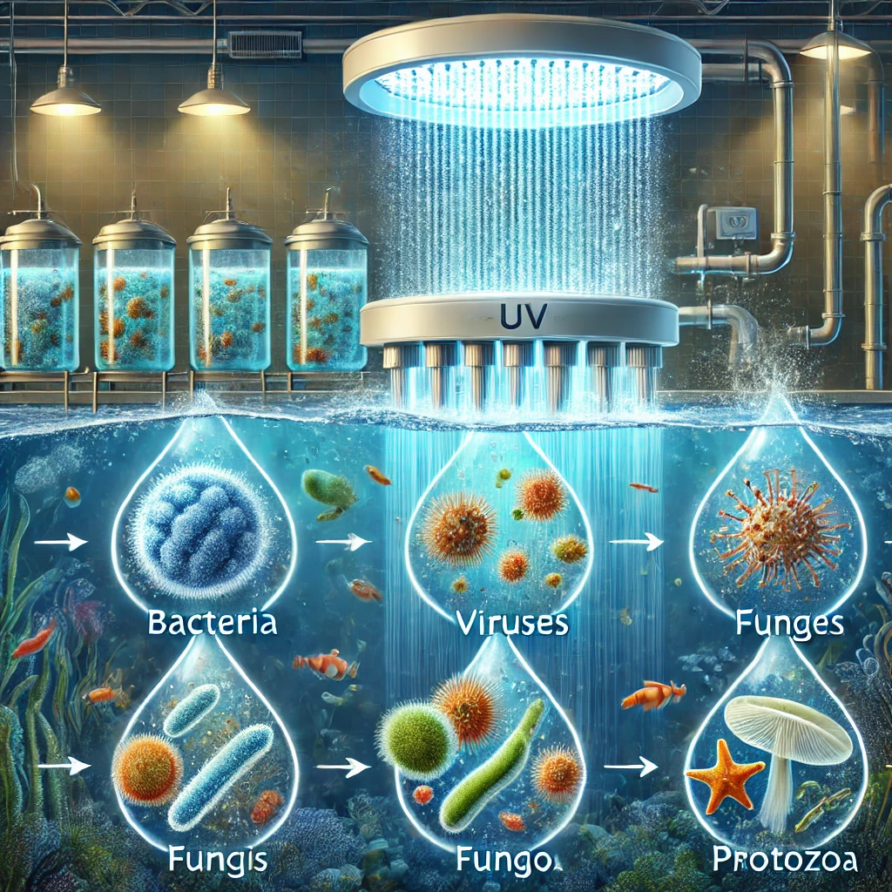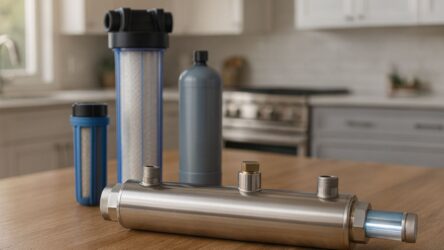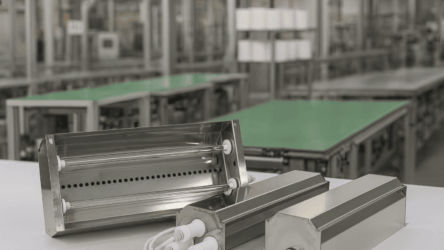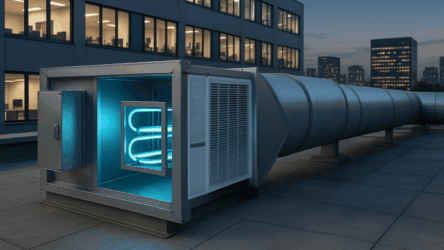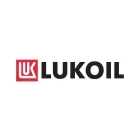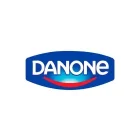The impact of ultraviolet radiation on pathogenic microorganisms in aquaculture is a crucial factor in protecting fish health and ensuring the safety of the entire system. UV has long been recognized as an effective disinfection method, capable of eliminating a wide range of pathogens without the use of chemical additives, minimizing risks for aquatic life in recirculating aquaculture systems (RAS).
Microorganisms in RAS
Recirculating systems often face a variety of pathogens that thrive due to high stocking densities and limited water exchange. The most common types of pathogenic organisms include:
- Bacteria such as Aeromonas, Pseudomonas, and Vibrio, which can enter the system through water, feed, equipment, and even personnel.
- Viruses that persist in aquatic environments and spread through infected fish, feed, or biomaterials.
- Fungi, such as Saprolegnia, which multiply in high-humidity conditions and enter the water with organic waste.
- Protozoa, including ciliates and flagellates, which can be introduced through water sources or feed.
These pathogens cause infections that often lead to disease outbreaks, resulting in stress, weakened immunity, stunted growth, and high mortality rates.
Fish diseases in aquaculture
Fish diseases in aquaculture can be bacterial, viral, fungal, or parasitic:
- Bacterial infections, such as aeromonosis, lead to ulcerations on the fish’s body and internal organ damage.
- Viral diseases, including infectious pancreatic necrosis, are particularly dangerous for juvenile fish.
- Mycoses and fungal infections commonly affect the skin and gills in high-humidity environments.
- Parasitic diseases, such as ichthyophthiriosis (white spot disease), cause the formation of white cysts on the skin.
These infections increase mortality rates and can cause significant economic losses.
UV radiation: a safe and effective disinfection method
To maintain water quality and prevent disease, chemical disinfection methods can be used, but in closed systems, they often degrade water parameters and pose toxicity risks to aquatic organisms. Unlike ozone, which can be harmful at high concentrations, UV radiation provides an environmentally friendly disinfection solution by effectively eliminating bacteria, viruses, fungi, and protozoa.
UV sterilization works by damaging the genetic material of microorganisms, breaking down their nucleic acids. A wavelength of 254 nm is optimal for pathogen inactivation, as it disrupts their ability to replicate and prevents infection from spreading.
UV equipment for water disinfection
Aquaculture facilities utilize various types of UV systems:
- Flow-through UV sterilizers process large volumes of water and are suitable for large-scale farms.
- Submersible UV modules are installed directly in tanks and are ideal for high-efficiency systems.
The effectiveness of UV treatment depends on water clarity and contamination levels. The recommended UV dose for aquaculture is 25 mJ/cm² for clear water and up to 40 mJ/cm² in cases of significant organic pollution.
Water quality parameters
Effective UV disinfection requires maintaining specific water quality parameters:
- Transparency – UV transmittance should be at least 85% per cm.
- Turbidity – no more than 2 mg/L.
- Color – no higher than 35 degrees.
- Iron concentration – up to 1 mg/L.
- Coliphages – no more than 5×10⁴ PFU/col.
If these parameters are met, a standard UV dose of 25 mJ/cm² is sufficient for disinfection. If the water quality deviates from these norms, the dose is increased to 40 mJ/cm².
The use of UV radiation in aquaculture facilities is a reliable method for infection control, ensuring environmental safety and fish health. Unlike chemical methods, ultraviolet disinfection is safe for fish and does not alter the composition or properties of the water. This makes it an optimal solution for water sterilization in RAS.

